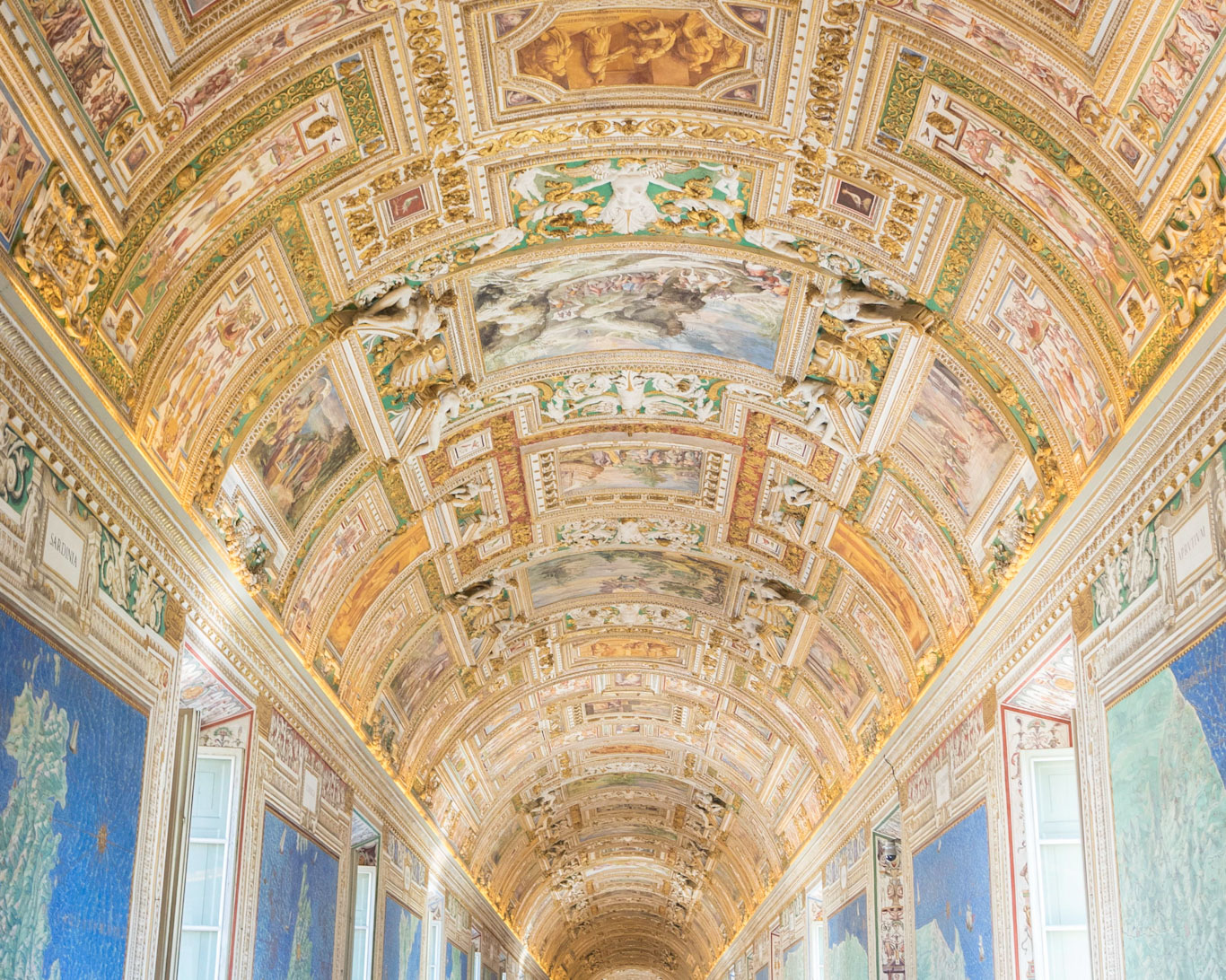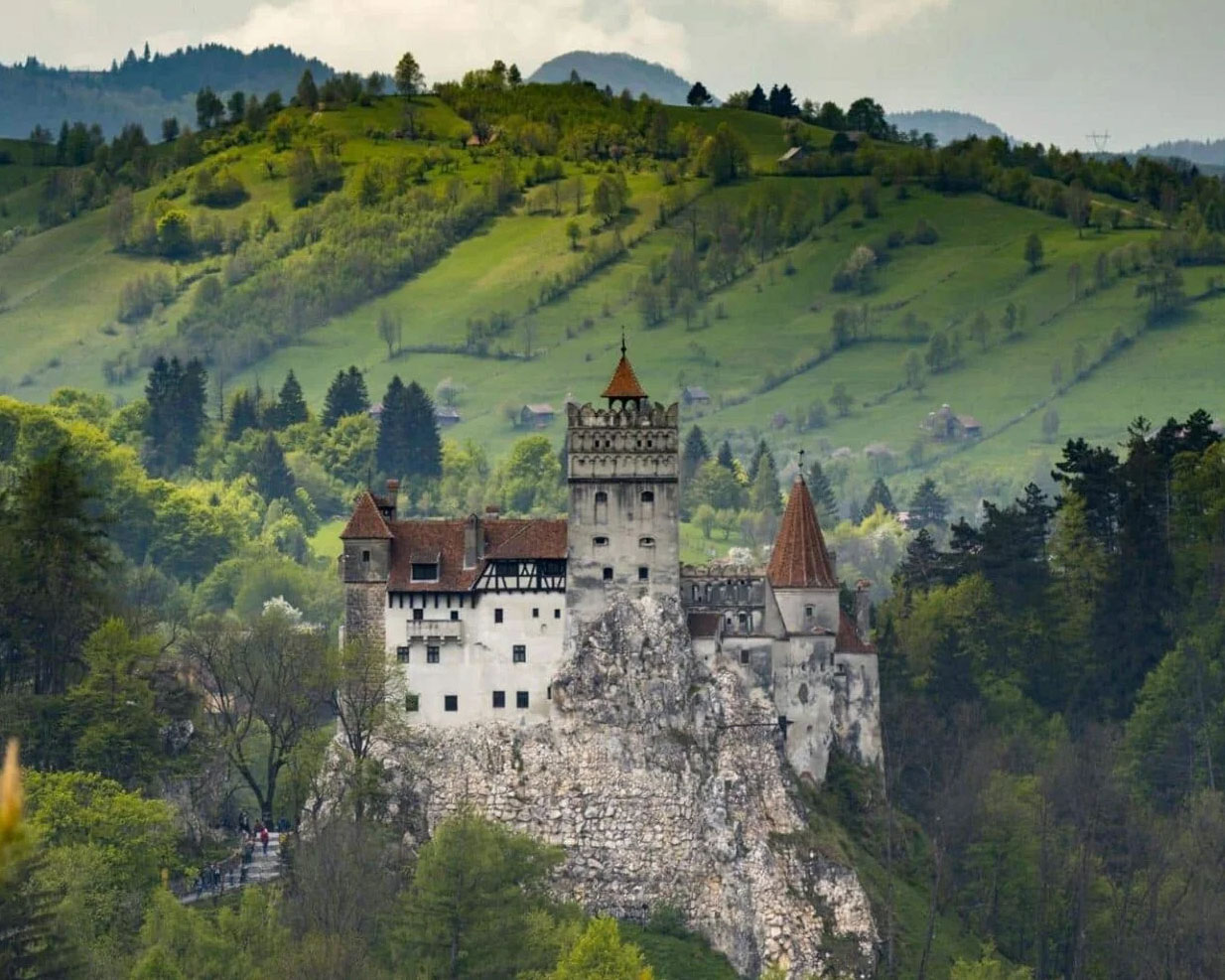Machu Picchu is one of the world’s most renowned and stunning archaeological monuments. It is a beautiful example of the Inca civilization, which thrived in South America from the 15th to the 16th centuries, and is located in Peru’s Andes Mountains. But how did this ancient metropolis alter the course of history? What makes it relevant today? We will look at how Machu Picchu affected history, culture, science, and tourism in this blog article.
Discovery and Preservation throughout History
Machu Picchu was founded in 1450 as a royal estate and sacred complex by Inca ruler Pachacuti. It was part of a huge network of roadways, terraces, and structures that spanned the Andes. However, following the Spanish invasion in the 16th century, the Inca abandoned it and it remained concealed from the outside world for decades.
Hiram Bingham, a Yale professor who was escorted to the site by a native guide in 1911, was the first recorded Western explorer to see Machu Picchu. Bingham was astounded by what he observed and published his findings in National Geographic magazine, piqueing the attention and curiosity of people all over the globe. He also led multiple excursions to dig and examine the land, returning with numerous artifacts and images.
Machu Picchu was designated a UNESCO World Heritage Site in 1983, and it was named one of the New Seven Wonders of the World in 2007. It is seen as an emblem of Peruvian culture and national identity. It is also a source of pride and inspiration for indigenous peoples descended from the Inca.
However, natural catastrophes, looting, vandalism, overtourism, and climate change pose several difficulties and hazards to Machu Picchu. Many attempts have been undertaken to safeguard and restore Machu Picchu, including the development of a management plan, the limitation of tourist numbers, the restoration of damaged buildings, and the monitoring of environmental consequences.
Legacy and Influence on Culture
Machu Picchu is a cultural symbol that has impacted various fields of art, literature, music, cinema, and fashion, among others. Its imagery, symbolism, and mysticism have inspired innumerable artists, authors, singers, filmmakers, and designers to produce their own works.
Some cultural works influenced by, include:
- The Secret of the Incas (1954), a Charlton Heston-starring Hollywood adventure film with sequences filmed in Machu Picchu.
- Pablo Neruda’s poem The Heights of Macchu Picchu (1948), which praises the grandeur and mystery of Machu Picchu.
- El Condor Pasa (1913), a Peruvian traditional song created by Daniel Aloma Robles that gained international popularity after being performed by Simon & Garfunkel.
- Thornton Wilder’s book The Bridge of San Luis Rey (1927), which depicts the tragedy of five individuals who perish in a bridge collapse.
- The Emperor’s New Groove (2000), an animated Disney film in which Machu Picchu is reimagined as the palace of an Inca ruler.
- David Grann’s book The Lost metropolis of Z (2009) explores the hunt for a mythological metropolis in the Amazon jungle that may have been inspired by the place.
Knowledge and Innovation in Science
Machu Picchu is not simply a cultural monument, but also a scientific wonder that demonstrates the Inca civilization’s wisdom and inventiveness. It demonstrates how the Inca mastered different scientific disciplines such as astronomy, engineering, agriculture, medicine, and mathematics.
Among the scientific discoveries, are:
- The Intihuatana stone, a carved rock that acted as an observatory and calendar.
- The Sun Temple, a semicircular structure aligned with the solstices and equinoxes.
The water system, which consisted of a network of canals, fountains, and drains that provided water to the city - Terraces were platforms that supported cultivation while also preventing soil erosion.
- The architecture, buildings built using precision stone-cutting skills and earthquake-resistant ways
- The quipus were knotted ropes that were used to record numerical facts and information.
Attractions and Impact on Tourism
Machu Picchu is one of the world’s most visited tourist sites. Every year, millions of people come to enjoy its beauty, history, culture, and mystery. It is also one of Peru’s primary sources of revenue and employment.
Some visitor activitiesu include:
- Hiking the Inca Trail or one of the other alternate approaches to the site
- Exploring Machu Picchu’s many districts and structures
- Taking photographs or selfies against the background of Machu Picchu
- Seeing the dawn or setting above Machu Picchu
- Visiting surrounding sites like Aguas Calientes and Huayna Picchu
However, tourism has a negative influence on Machu Picchu, including congestion, pollution, structural or vegetation damage, and a loss of authenticity or identity. Tourists should thus be responsible and polite while visiting, adhering to the laws and regulations, reducing their environmental impact, and supporting local people.
Machu Picchu is much more than an old city. It is a global phenomena that has had an impact on history, culture, science, and tourism. It demonstrates human inventiveness, innovation, and perseverance. It is a marvel worthy of our respect, appreciation, and preservation.
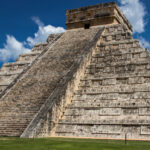
Exploring Mexico ’s Ancient Ruins
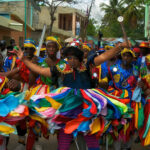
Haiti 's folklore traditions
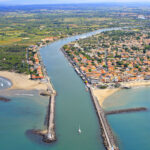
The Panama Canal
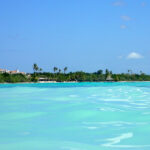
What is Dominican Republic known for







